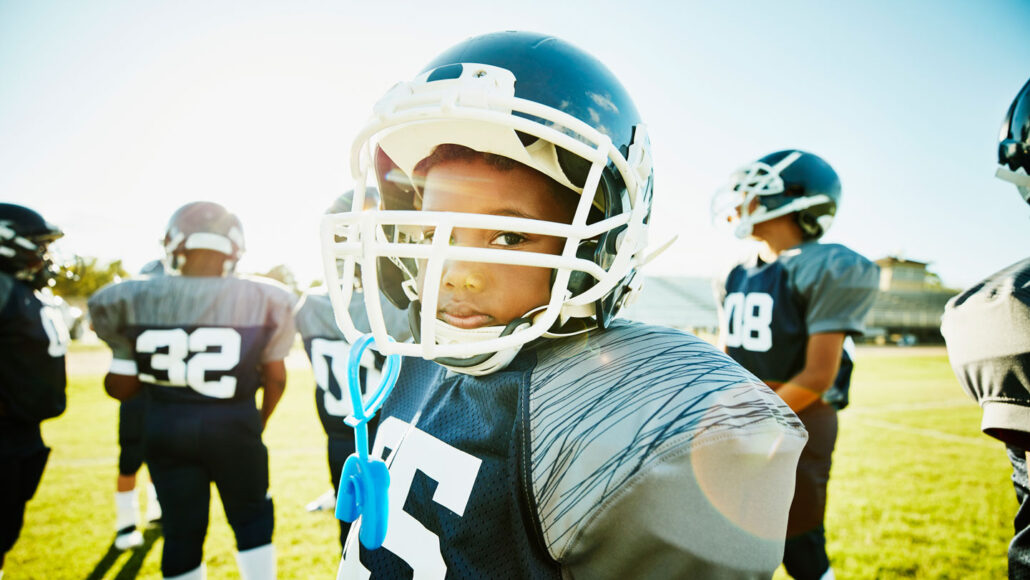Questions for ‘It doesn’t take a concussion for head hits to harm young brains’

Young football players aged 10 to 14 can sustain hundreds of head impacts per season, a new study finds.
Thomas Barwick/DigitalVision.

Young football players aged 10 to 14 can sustain hundreds of head impacts per season, a new study finds.
Thomas Barwick/DigitalVision.